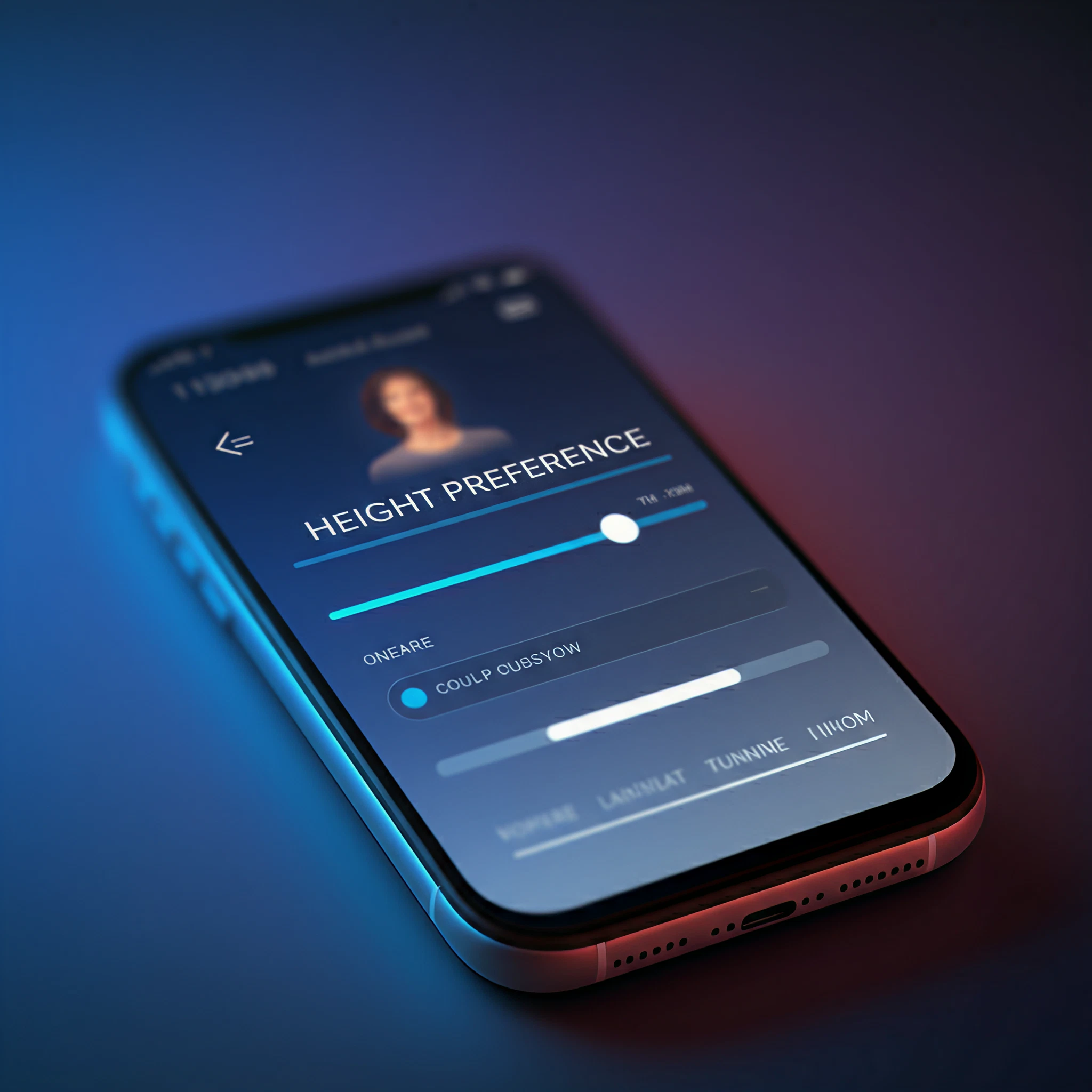Tinder, the app that revolutionized modern dating, is back at it with a new feature. This time, they’re experimenting with a height preference setting. While dating apps have long allowed filters around more conventional aspects like age and location, this feature acknowledges a growing trend of users expressing strong opinions on height preferences.
But how does this addition reshape the online dating experience? Let’s break it down by looking at Tinder’s algorithm, real user experiences, and expert insights into the psychology behind height preferences.
The Role of Height Preferences in Online Dating
Height has become one of the most discussed factors in modern dating culture, with profiles often spotlighting minimum height requirements. Research suggests that taller men are frequently perceived as more attractive in heterosexual dating contexts. While this preference is not universal, it’s significant enough to influence how people engage on platforms like Tinder.
Acknowledging this cultural phenomenon, Tinder has introduced a height preference test for its Gold and Premium subscribers. Unlike a hard filter that excludes those who don’t meet specific criteria, this feature “informs recommendations” to better align with user preferences. It’s another move by Tinder to personalize matches while ensuring the app retains its broader pool of potential connections.
How Does Tinder’s Algorithm Incorporate Height?
While Tinder remains secretive about the exact mechanics of its algorithm, the height preference setting seems to act as an enhancement within the user profile. When enabled, the algorithm prioritizes matches that fit the stated height preference while retaining broader options in the pool.
According to Tinder spokesperson Phil Price Fry, this setting is part of their broader effort to help users connect more intentionally:
“We’re always listening to what matters most to our users. Our goal is to create smarter, more relevant experiences for everyone.”
The nuance here is crucial. By avoiding exclusionary filters, Tinder is attempting to balance user preferences with the inclusivity needed to maintain a thriving community.
User Experiences and Reactions
The introduction of height preferences has received mixed reactions from users:
- Excited Matches: Many users see the feature as aligning with transparency, allowing matches where compatibility is less likely to cause friction. “Knowing that someone already matches my preference helps me avoid awkward conversations later on,” one user shared.
- Concerns of Superficiality: Others worry that the feature emphasizes physical attributes over deeper connections. “It’s already hard enough to be noticed if you don’t fit conventional beauty standards, and now another filter might make it even harder,” shares a male user under 5’9″.
Interestingly, some users have highlighted how the new setting has helped them focus on connections rooted in shared interests or values, outside of physical preferences.
What Do Experts Say About Height Preferences?
To gain a deeper understanding, we spoke with relationship counselor Dr. Emily Larson, who has researched physical preferences in dating:
- Psychological Comfort: Dr. Larson notes that height preferences often stem from ingrained societal norms and evolutionary factors. “Many individuals, especially cisgender women seeking men, may associate height with protection or confidence—even if on a subconscious level,” she says.
- Self-Awareness Matters: While it’s natural to have physical preferences, Dr. Larson advises daters to ask themselves if these preferences are overly limiting. “Exploring what you value beyond someone’s appearance can significantly enrich your dating experience,” she adds.
- The Perils of Over-Focusing: Height preferences are rarely deal-breakers in long-term compatibility. A 2022 survey highlighted that 8 in 10 couples didn’t meet their “ideal partner checklist.”
Dr. Larson’s take? Height preferences can be a starting point but shouldn’t define the scope of potential connections.
Navigating Height Preferences in Online Dating
Whether you’re 6’5″ or 5’3″, here’s how you can approach Tinder’s height preference feature and online dating as a whole:
- Use Preferences as a Guide, Not a Ruler: Don’t allow a checklist to limit genuine connections.
- Stay Open-Minded: Physical attraction often grows with emotional connection, so don’t swipe left solely based on height differences.
- Focus on Shared Values: Use profile prompts and bios to find deeper compatibility.
- Give Honest Feedback: If you’re participating in Tinder’s height preference test, share feedback to help refine this feature into something inclusive.
Dating is as much about discovery as it is about connection. While height preferences may speed up initial matches, the stories that follow depend on mutual respect and chemistry.
The Bigger Picture
Tinder’s height preference test reflects an age-old truth about dating apps. They’re constantly evolving to cater to user preferences, while walking the line between personalization and inclusivity. Whether this feature sticks or not, one thing is clear: it’s sparking valuable conversations around physical preferences and what truly matters when finding a partner.
Looking for more tips on how to curate your best profile or deepen your matches? Stay tuned for our upcoming dating insights or visit us at [Brand’s Website]. Start turning those matches into meaningful connections today!








